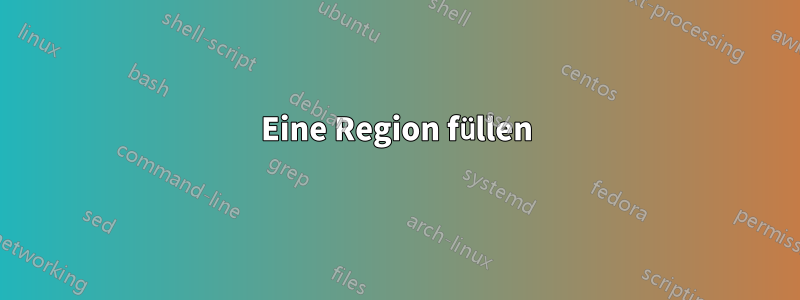
Ein neuer Tag, ein neues Problem! Dieses Mal kann ich nicht verstehen, warum Tikz nach dem Ausfüllen einen weißen Raum wie diesen hinterlässt
\documentclass[tikz,border=10pt]{standalone}
\usetikzlibrary{calc}
\begin{document}
\begin{tikzpicture}[scale=0.7]
\coordinate (O) at (0,0);
\coordinate (I) at (12,0);
\coordinate (C1) at (4,0);
\coordinate (C2) at (7,0);
\draw ($ (O)+(-1,0) $) -- ($ (I)+(1,0) $);%asse ottico
\draw [very thick] (C1)++(75:-3) node (A1) {A1} arc (75:-75:-3) node (B1)
{B1};
\draw [very thick] (C2)++(75:3) node (A2) {A2} arc (75:-75:3) node (B2) {B2};
\begin{scope}
\clip (C1)++(75:-3) arc (75:-75:-3) -- (A2) -- (C2)++(75:3) arc (75:-75:3) --
(A1);
\filldraw [color=lightgray, opacity=0.6] (-10,-10) rectangle (20,10);
\end{scope}
\end{tikzpicture}
\end{document}
Antwort1
Sie brauchen das hier nicht einmal clip. Das Problem ist, dass Sie das Inkrement ++im Pfad verwenden. Sie können das für die erste Koordinate tun, aber wenn Sie dies für die anderen tun, hat der Pfad "Sprünge". Während Sie jedoch laden calc, könnten Sie einfach
\documentclass[tikz,border=10pt]{standalone}
\usetikzlibrary{calc}
\begin{document}
\begin{tikzpicture}[scale=0.7]
\coordinate (O) at (0,0);
\coordinate (I) at (12,0);
\coordinate (C1) at (4,0);
\coordinate (C2) at (7,0);
\draw ($ (O)+(-1,0) $) -- ($ (I)+(1,0) $);%asse ottico
\draw [very thick] (C1)++(75:-3) node (A1) {A1} arc (75:-75:-3) node (B1)
{B1};
\draw [very thick] (C2)++(75:3) node (A2) {A2} arc (75:-75:3) node (B2) {B2};
\fill[color=lightgray, opacity=0.6](C1)++(75:-3) arc (75:-75:-3)
-- ($(C2)+(75:3)$) arc (75:-75:3) -- cycle ;
\end{tikzpicture}
\end{document}
Da Sie jedoch bereits benannte Knoten haben, können Sie dies vereinfachen zu
\documentclass[tikz,border=10pt]{standalone}
\usetikzlibrary{calc,backgrounds}
\begin{document}
\begin{tikzpicture}[scale=0.7]
\coordinate (O) at (0,0);
\coordinate (I) at (12,0);
\coordinate (C1) at (4,0);
\coordinate (C2) at (7,0);
\draw ($ (O)+(-1,0) $) -- ($ (I)+(1,0) $);%asse ottico
\draw [very thick] (C1)++(75:-3) node (A1) {A1} arc (75:-75:-3) node (B1)
{B1};
\draw [very thick] (C2)++(75:3) node (A2) {A2} arc (75:-75:3) node (B2) {B2};
\begin{scope}[on background layer]
\fill[color=lightgray, opacity=0.6](A1.center) arc (75:-75:-3) --
(A2.center) arc (75:-75:3) -- cycle ;
\end{scope}
\end{tikzpicture}
\end{document}
Auch hier habe ich die Füllung auf das aufgetragen background layer.





